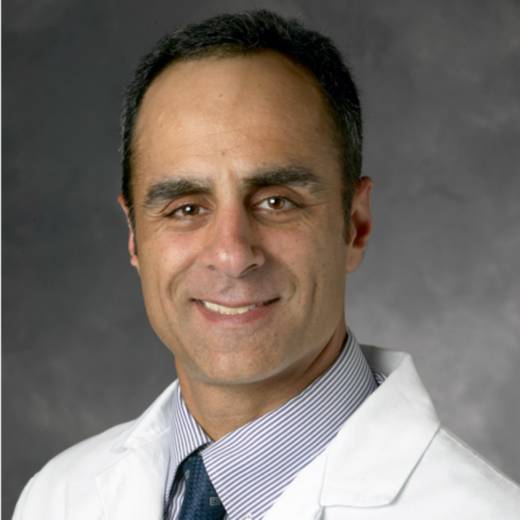Sometimes, the most important conversation a doctor can have with a patient isn’t about how to live, but how to die. Dr. Baldeep Singh has this Perspective.
The other day, a colleague and patient of mine came to see me for a routine medical visit. In his mid-80s, with multiple medical conditions, he asked during the visit to revise his advanced directive, a document stating a patient’s preferences with respect to end-of-life treatments. Having suffered for a long time with chronic heart disease, debilitating arthritis, and advanced kidney disease, he had become beleaguered with the poor quality of his life, especially in this past year. After some discussion, we talked about choosing a natural death, and opted for a “Do Not Resuscitate” status, or DNR, which means if he stops breathing or his heart stops, he wants no heroic measures like CPR performed. An experienced physician approaching the end of his life, he wanted no medical heroics during his death.
In primary care, as a physician, I frequently face patients who have a poor prognosis, I often need to have difficult conversations about death, the kind that patients and doctors, both, tend to put off. No one likes to talk about death.
Instead, we turn to sophisticated medical technology in hopes of miracles. Patients and families frequently underestimate the suffering associated with emergent procedures, and the poor outcomes. Although 7 out of 10 Americans say they would prefer to die at home, more than half die in a medical setting like a hospital. So how can we deliver patients their preferences? One way is to have these “goals of care” discussions with our patients and families in advance because this improves use of hospice, and lowers acute hospitalizations at the end of life.
In his book, Being Mortal, author Atul Gawande wrote of doctors, “We think our job is to ensure health and survival. But really it is larger than that. It is to enable well-being.” My colleague and patient had requested help enabling his well-being through his decisions as expressed in his advanced directive document. I felt humbled by his insight and privileged to assist. Both patients and doctors can work together to face what lies ahead and advocate for limits where reasonable measures will lead to a more peaceful end of life.
